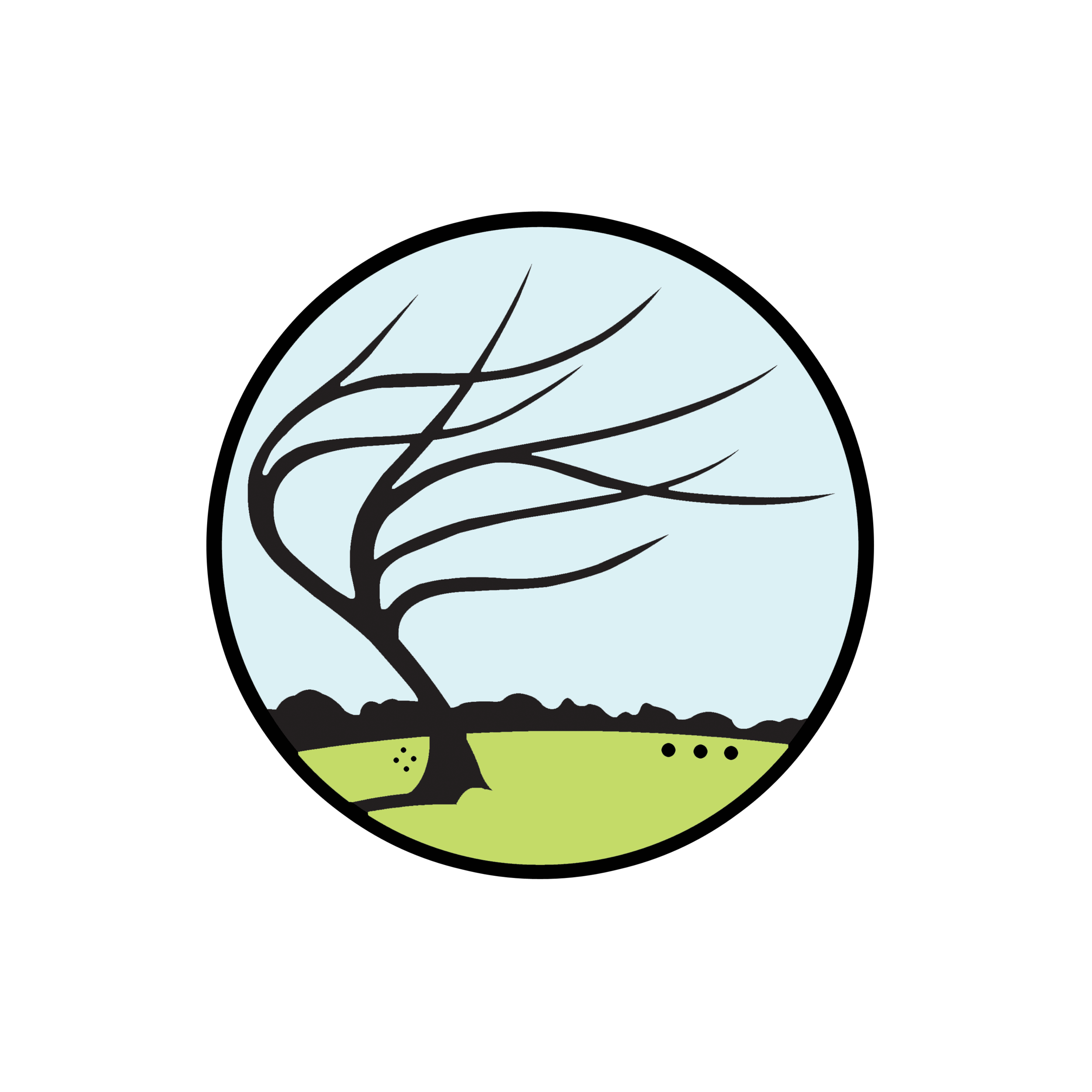“Chapter XVI, Becoming a City”
Before this show I had no idea what Indianapolis was like in its early years, but now I do. When asked to create a body of work inspired by theKing Park neighborhoods, I was excited because I drive through this part of town all the time and am naturally drawn to all the historic homes that sit in these neighborhoods. Before jumping straight into creating I looked for inspiration in two books. I spent two days reading Jacob Piatt Dunn’s “Greater Indianapolis: The History, the Industries, the Institutions, and the People of a City of Homes, Volume 1? written in 1910 and B. R. Sulgrove’s “History of Indianapolis and Marion County, Indiana” written in 1884. I got lost in the local history captured in these books and being a visual person I was excited to see old etchings & lithographs in each. The title of the show comes from Chapter 16 in Dunn’s book which talks about the early development of Indianapolis including the King Park neighborhoods as the first of the early “suburbs” developed in Indy. However, after I got through both books, I didn’t find anything specific that inspired neighborhood focused pieces — rather, just a general knowledge of what Indianapolis was like during the time period when most of the homes in these neighborhoods were built: 1880s-1910s. At this point, I grabbed my camera and took to the streets. I drove every single street & alley east of Meridian, west of the Monon, south of Fall Creek & north of 65. I took hundreds of photos and when I got home couldn’t get 3 different ideas out of my head.
The first, when standing in the middle of Martin Luther King Park looking southwest you can see the skyline over the cozy homes nestled on Park Avenue. I created two pieces from this, “Catching Stars on Park Avenue” and “Park Avenue.” In “Catching Stars on Park Avenue”, I completely exaggerate the idea of the skyline behind these houses and created a surreal, dreamlike landscape that depicts the city above five of the homes on Park Avenue almost watching over them as they rest below.
In “Park Avenue”, I took a completely different approach and painted the same block but from a completely different vantage point with a much more accurate perspective than I normally do. Out of all the pieces in this show, this one was sneakily the most difficult. I don’t normally depict such straight parallel lines in my work and the process of creating them without a ruler required a tense focus that my neck is still really sore from. I have never experienced a physical soreness from painting before, but the result was totally worth it.
The second idea from the drive was a series of houses all located on Carrollton Ave. between 14th and 26th street. For those who are not familiar with my work, a repeated subject matter for me over the years has been landscapes with isolated houses on rolling hills. So for this series and to stay true to my style of isolated homes on hills, I focused on homes that had empty lots to the north and the south so I could paint the houses in their natural location, without omitting other homes, showing them isolated from the rest of the block.
The third, I wanted to know what the oldest homes still standing in these neighborhoods were. After some research, I think the oldest is Ovid Butler’s home built in 1848. It is a well known and documented home in the Old Northside. The second oldest, sitting at 609 E. 23rd St. was built in 1865. I don’t know much about this home at all and cannot say with 100% certainty that it is, in fact, the second oldest home in this neighborhood. So I created two pieces with these homes as the focus. For each piece, I found old plat maps of Indianapolis and printed them out at 36×36?. I then aged them through all sorts of glazing layers. These old maps provided the base layer that I painted each home on.
One final thought, back in November I visited the City Gallery and took detailed measurements & photos of the gallery and as I created this body of work I had a vision on where everything would hang in the space. Yesterday as I hung the show, it was an exciting feeling watching all the pieces come together, not just as individual works, but as a body of work inspired by the historic King Park neighborhoods of Indianapolis. I hope you can find some time in January to visit the City Gallery and see my show.





